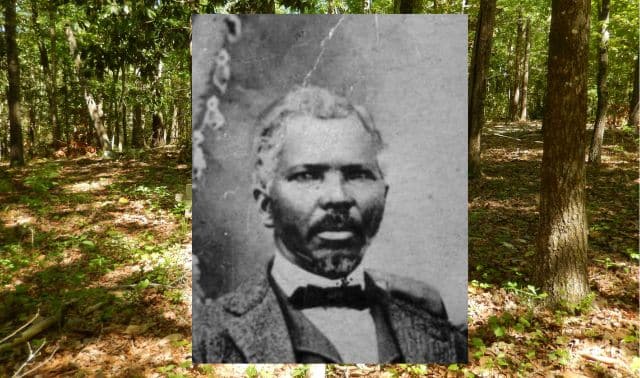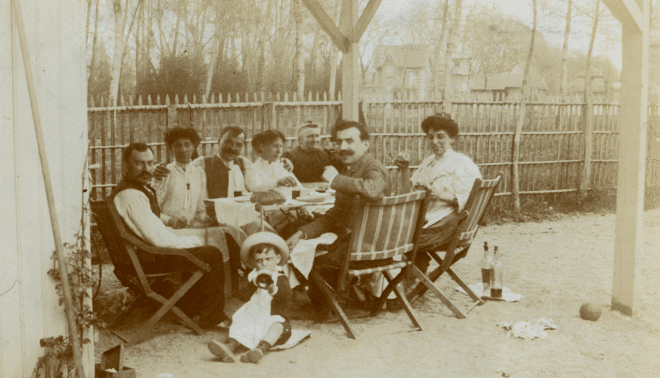Sign up for the Family Tree Newsletter! Plus, you’ll receive our 10 Essential Genealogy Research Forms PDF as a special thank you.
Get Your Free Genealogy Forms
"*" indicates required fields

Sometimes life gets in the way, and you can’t find a decent stretch of time to sit at your computer or go to the library and do some genealogy. For these larger projects, it’s worth taking some time to create a research plan to make sure you stay on track. In the meantime, 5 or 15 minutes might not be enough to delve into the life and times of your most stubborn brick wall ancestor, but it is enough time to do one of these quick genealogy tasks.
1. Check the 1940 census
Check your tree and make sure you have a 1940 census entry for everyone alive at the time. For the missing ones, you can search the 1940 census for free. If you’re unable to find an ancestor in the 1940 census, take a few minutes to look over this case study from Dave Fryxell where he identified his missing ancestor by searching other relatives in the same place.
2. Search the Social Security Death Index
Looking for a totally free database of US death records? The Social Security Death Index (SSDI) is a valuable record set created from the Social Security Administration (SSA)’s Death Master File to track tax withholdings and Social Security survivors’ benefits. You can search for US folks who died after 1962. Use the free webpage from Stephen P. Morse to search across multiple websites.
3. Run a Google Books search
Run a Google Books search for an ancestor you don’t have much on. Google Books lets you search books and journals from libraries and publishers around the world. Take a minute to search online collections of millions of digitized books for your ancestor, including many family and local histories.
4. Rename and organize your digital genealogy files
Open mystery genealogy files on your computer, see what they are, and rename them according to a system. Now you know what the file is without opening it. Don’t have a system? Take a minute to check out these suggestions and create a method that works for you.
5. File away your physical genealogy papers
File the loose genealogy files floating around your workspace. As with digital genealogy files, it’s best to file according to one, consistent system. Perhaps you can build your folders around the different surnames in your research, or according to geographic area.
6. Write about an ancestor’s life
Many genealogists aspire to write down their ancestors’ stories but struggle to actually put pen to paper, so to speak. Writing in short bursts can help motivate you to get started. If you’re in need of some inspiration, check out our list of family history writing prompts or follow these suggestions from the Family History Writing Studio.
7. Search for burial information
Any relative you don’t have burial information for, search for him or her on Find A Grave, BillionGraves and/or Interment.net.
8. Transcribe a record
Transcribe a record into your family tree software (or wherever you keep record transcriptions). Depending on the record, transcriptions can take a long time. If you’re only working with few minutes, transcribe a few sentences, leaving asterisks (*) in place of letters or words you can’t read. Consider helping to transcribe documents for the National Archives or the Library of Congress.
9. Add an event to a timeline
Timelines are a great way to organize and fact-check your genealogy research. The next time you have a few spare minutes, add to Great-grandma’s or another relative’s life timeline, using your family tree software or our free, downloadable Biographical Outline.
10. Read a county or family history
Read a few pages of a county or family history. You can find local histories at the county genealogical or historical society where you are researching. If you only have a few minutes, check out our list of the best state websites for state-specific online genealogy records, including county histories.
11. Check for updates
Check your favorite genealogy blogs for the latest news. We’d also recommend following the company blogs of major genealogy websites to stay up-to-date on record releases, software updates and more.
12. Schedule a family history interview
Call an older relative and make an appointment to visit and talk about family history. If you’re trying to schedule an interview with a family member whom you’re not close to, it might be worth inviting them to a brief pre-interview meeting so you can explain your research and establish rapport. Find tips for your interview and lists of questions here.
13. Get some scanning done
Take a few minutes to scan important photos or other genealogy documents. Once they are scanned, remember to rename and organize the files so you don’t lose them. Refer to the links in #4 and #5 for help creating a consistent file-naming system.
14. Follow someone new on social media
With a little know-how, social media sites like Facebook and Twitter can become a valuable resource for genealogists. Browse through our list of suggestions and follow a new account that will help you in your family history search.
15. Make a list of spelling variations
Think of all the crazy ways last names in your family could be spelled, and write them all down so you can try them when you search genealogy websites. We have a free Surname Variants chart you can download, print and fill out.
16. Tag photos in your photo-organizing software
Tagging photos is an important step in organizing your digital genealogy research. The next time you have a few minutes to spare, tag photos with keywords that represent people, places or events.
17. Write about yourself
Too often genealogists forget that they are as much a part of their family history as the ancestors they research. Spend a few minutes writing about your own life (where you were born, where you’ve lived, life lessons you’ve learned, etc.) Future family historians will thank you.







